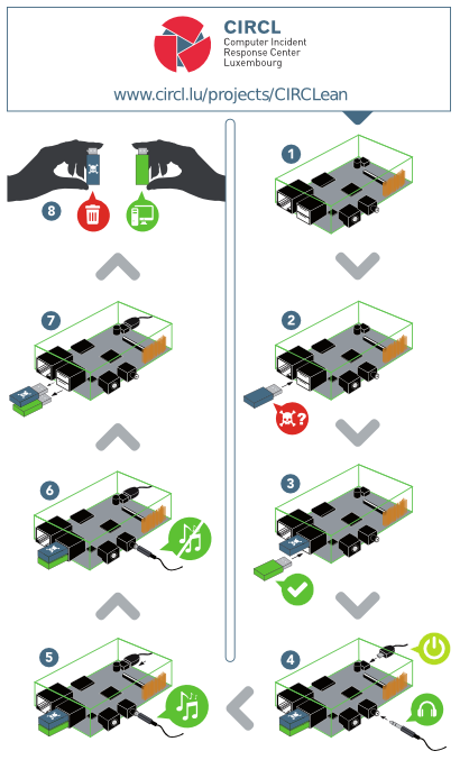Coming together to create a prior art archive by Ian Wetherbee and Mike Lee.
From the post:
Patent quality is a two-way street. Patent applicants should submit detailed disclosures describing their inventions and actively participate in the examination process to define clear distinctions between their inventions and existing technology. Examiners reviewing patent applications should conduct thorough searches of existing technology, reject any attempts to patent existing technology, and develop a clear record of the differences between the patent claims and what came before. The more that the patent system supports and incentivizes these activities, the more reliable the rights that issue from patent offices will be, and the more those patents will promote innovation.
A healthy patent system requires that patent applicants and examiners be able to find and access the best documentation of state-of-the-art technology. This documentation is often found in sources other than patents. Non-patent literature can be particularly hard to find and access in the software field, where it may take the form of user manuals, technical specifications, or product marketing materials. Without access to this information, patent offices may issue patents covering existing technology, or not recognize trivial extensions of published research, removing the public’s right to use it and bringing the reliability of patent rights into question.
To address this problem, academia and industry have worked together to launch the Prior Art Archive, created through a collaboration between the MIT Media Lab, Cisco and the USPTO, and hosted by MIT. The Prior Art Archive is a new, open access system that allows anyone to upload those hard-to-find technical materials and make them easily searchable by everyone.
…
Believe it or not, Wetherbee and Lee write an entire post on Google and the Prior Art Archive, without ever giving the web address of the Prior Art Archive.
There, fixed that problem on the web. 
The problems of malware prior art are orders of magnitude greater than patent prior art. The literature, posts, etc., alone are spread across ephemeral and often inaccessible forums, blogs, emails, chat groups, to say nothing of the self-defeating secrecy of security researchers themselves. (Not to mention information in languages other than English.)
A malware prior art archive would present numerous indexing, searching, machine translation, clustering and other problems. Perhaps not as lucrative as the results of the Patent Prior Art Archive but at least as interesting.
Thoughts? Suggestions?
PS: You can search the Prior Art Archive through Google Patents. Two other relevant Google resources: TDCommons (non-patented information) and Google Patents Public Datasets.

 . Or a bit larger:
. Or a bit larger: